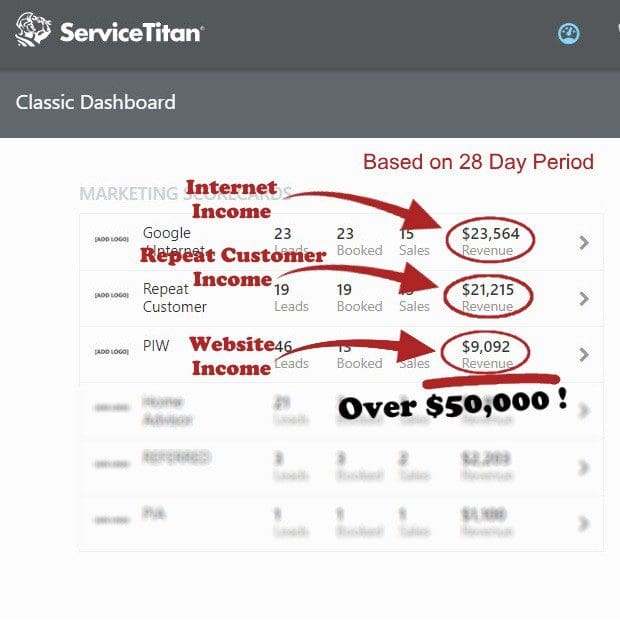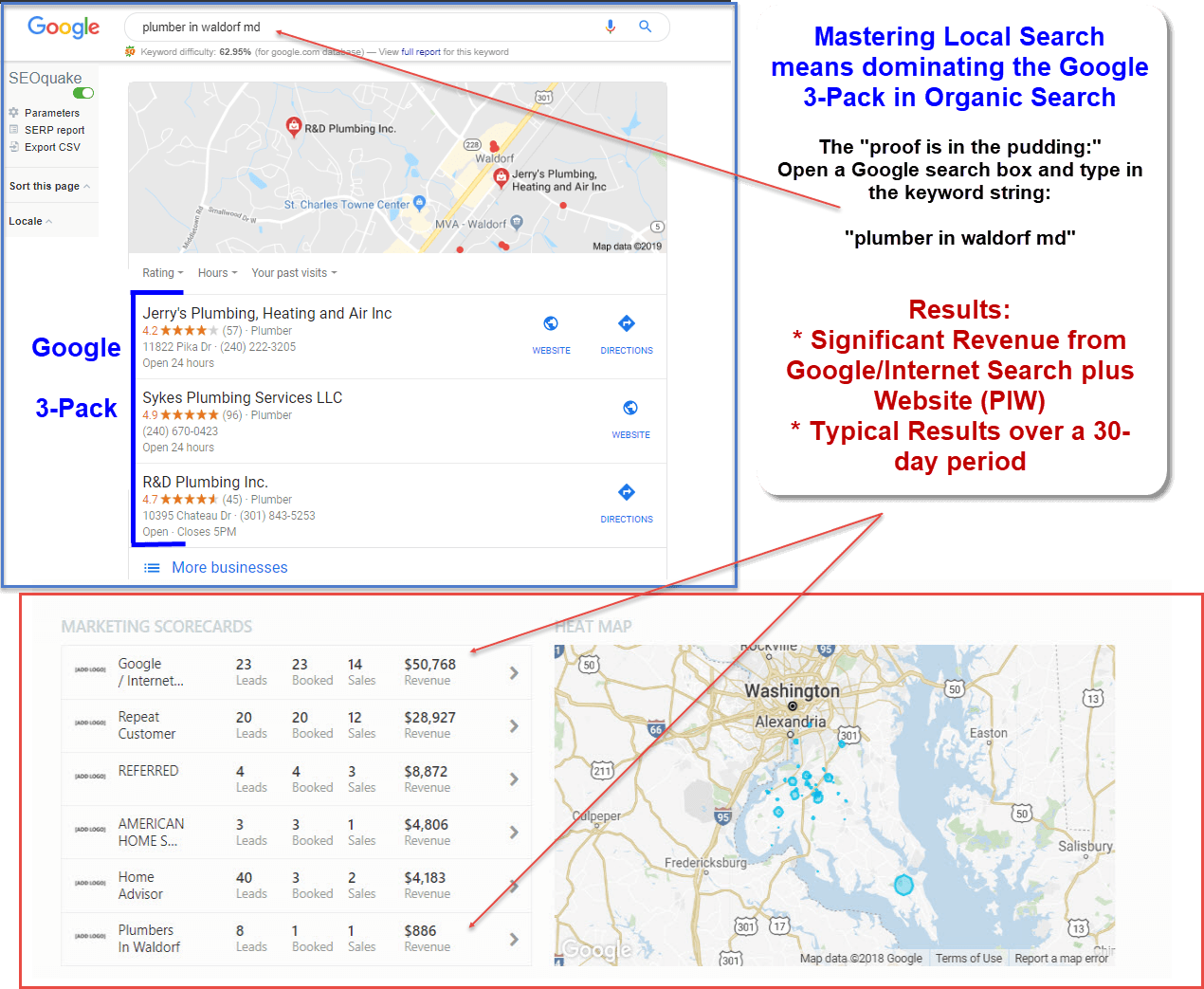Do your research and gather information from reputable sources. Write a catchy headline and an introduction that hooks the reader.
Use subheadings to break up the content and make it easier to read and for Search Engine Optimization (SEO) purposes. Use a conversational tone and add your own personality to the article. Don’t forget to proofread and edit before publishing. With these tips, you’ll be able to write a blog article in no time!
How to Write a Blog Article: Research, Structure and Conclusion
 Blogging has become an essential part of online content creation, and it has become increasingly important to know how to write a blog article. In today’s digital age, blogs are an excellent way to share ideas, thoughts, and experiences with a vast audience. However, writing a blog article can be quite challenging, especially if you are not familiar with the process. In this post, we will discuss some essential tips on how to write a blog article that stands out.
Blogging has become an essential part of online content creation, and it has become increasingly important to know how to write a blog article. In today’s digital age, blogs are an excellent way to share ideas, thoughts, and experiences with a vast audience. However, writing a blog article can be quite challenging, especially if you are not familiar with the process. In this post, we will discuss some essential tips on how to write a blog article that stands out.
1. Choose a topic that interests you and your audience:
The first step in writing a blog article is choosing a topic that interests you. Better yet, pick a top that will interest your customers and clients. Pick a topic that you are passionate about or have some expertise in. This way, you can write from a place of knowledge and experience, which will make your article more informative and engaging. Also, selecting a topic that you are passionate about will make the writing process more enjoyable for you.
2. Research your topic:
Once you have chosen your topic, it’s time to research it. Conduct thorough research on your topic and gather as much information as possible. You can use online resources like Google, Wikipedia, and other reputable sources to gather information on your topic. Additionally, you should also read other blog articles related to your topic to gain insight and ideas.
3. Create an outline:
Creating an outline is an essential step in writing a blog article. It will help you organize your thoughts and ideas and ensure that your article flows smoothly. Your outline should include an introduction, body, and conclusion. Each section should have subheadings that break down the content into manageable chunks. Pay attention to how we have broken down each section into subheadings in this article.
4. Write a compelling introduction:
Your introduction is the first thing that your readers will see, so it’s crucial to make it engaging and interesting. Start with a hook that grabs the reader’s attention and makes them want to read more. You can use a quote, a question, or a fact to make your introduction more compelling.
5. Write the body:
The body of your blog article is where you will provide the bulk of the information, so it’s essential to make it informative and engaging. Use subheadings to break down the content into manageable chunks and ensure that each section flows smoothly into the next. Also, use bullet points and numbered lists to make the information easier to read and digest.
6. Write a conclusion:
Your conclusion should summarize the main points of your article and provide a call to action. It should be concise and to the point, and it should leave the reader with something to think about. You can also include a question or a quote to make your conclusion more memorable.
7. Edit and proofread:
Once you have finished writing your blog article, it’s essential to edit and proofread it. Check for grammatical errors, spelling mistakes, and ensure that the article flows smoothly. Also, ensure that your article is easy to read and understand. You can use online tools like Grammarly and Hemingway to help you with this process. We use the Smart Crawl Pro plugin to do the same for all our articles. This plugin has a readability feature that provides grades and guidance to ensure our articles flow smoothly. Now that you understand how to structure a blog post, just practice. The more you do it, the easier it becomes. Let’s talk a little about Search Engine Optimization or SEO. Read this section of the article before you start writing.
How to Write a Blog Article: The Importance of Search Engine Optimization (SEO)
Search Engine Optimization (SEO) is a crucial aspect of blogging that can help you increase your website’s visibility and rank higher on search engine result pages (SERPs). However, SEO is a complex and ever-changing field that requires continuous learning and adaptation. In this section, we will provide you with some tips on how to optimize your blog articles for search engines. Ensure that each blog article is properly SEO’d. The same is true for any pages you have on your website unless you tag them ‘No Index-No Follow.’ These are pages that are more functional in nature and do not provide content. Your Contact Us page is a good example.
1. Do Keyword Research
Start by researching relevant keywords and including them in your title, meta description, and throughout your content. Hey… you are the expert in your business niche. Pick a keyword string that will interest your potential customers. Choose something you know will help them. For example, if you have a plumbing company, you might pick a title like: “Three most important facts about water heaters.” From this title, choose a keyword string. Your keyword string should be about three to four words in length. So, let’s use “facts about water heaters” as your keyword string. If you are using a SEO plugin on your website, “facts about water heaters” will be your focus or primary keyword for this article. Use this keyword string in your blog title, description, subheadings, and throughout the body of your article. Your keyword string should be approximately two percent of your overall word count for proper SEO. Note: For SEO purposes, this keyword string should also be used in the very first line of your blog article. For example, using the example above the very first line of your blog article could be “These facts about water heaters will help you determine the best water heater for your home.”
2. Use Headings and Subheadings
Once again, using headings and subheadings will help break up your article into manageable sections, making it easier for readers to digest your content. Additionally, headings and subheadings can help search engines understand the structure of your content and prioritize important information.
3. Optimize Your Title Tag and Meta Description
Your title tag and meta description are the first things that users see when your blog article appears on SERPs. It is also where you tell Google and the other search engines what this article is about. Therefore, it is essential to make sure that they are optimized for both search engines and users. Your title tag should be descriptive and contain your primary or focus keyword, while your meta description should also contain your focus keyword and provide a summary of your article’s content and include a call-to-action.
4. Optimize Your Images
Images can enhance the visual appeal of your article and help break up the text. However, it is essential to optimize your images for SEO by using descriptive filenames and alt tags. Your alt tag should include your primary or focus keyword as well. Additionally, compressing your images can help improve your website’s loading speed, which is a search engine ranking factor.
5. Use Internal and External Links
Linking to other relevant pages on your website and external sites can help search engines understand the context of your article and improve your website’s authority. External links are excellent for SEO. Jot down the sources you used in your research. Create a link to the sources you use. You can do this quite easily. For example, you could write something like this in your article. “According to Home Advisor a ?? water heater is very efficient.” Additionally, internal linking can help reduce your website’s bounce rate by encouraging users to explore other pages on your website.
6. Write High-Quality Content
At the end of the day, search engines prioritize websites that provide high-quality content that is relevant, valuable to users and is well researched. Therefore, it is essential to focus on creating content that meets the needs of your target audience and provides solutions to their problems.


 Call Sam @
Call Sam @








